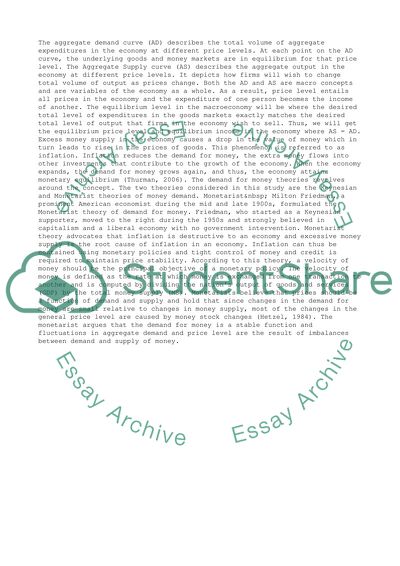Cite this document
(“Macroeconomics: Money and Banking Essay Example | Topics and Well Written Essays - 1500 words”, n.d.)
Macroeconomics: Money and Banking Essay Example | Topics and Well Written Essays - 1500 words. Retrieved from https://studentshare.org/business/1525082-money-and-banking-master-essay
Macroeconomics: Money and Banking Essay Example | Topics and Well Written Essays - 1500 words. Retrieved from https://studentshare.org/business/1525082-money-and-banking-master-essay
(Macroeconomics: Money and Banking Essay Example | Topics and Well Written Essays - 1500 Words)
Macroeconomics: Money and Banking Essay Example | Topics and Well Written Essays - 1500 Words. https://studentshare.org/business/1525082-money-and-banking-master-essay.
Macroeconomics: Money and Banking Essay Example | Topics and Well Written Essays - 1500 Words. https://studentshare.org/business/1525082-money-and-banking-master-essay.
“Macroeconomics: Money and Banking Essay Example | Topics and Well Written Essays - 1500 Words”, n.d. https://studentshare.org/business/1525082-money-and-banking-master-essay.


